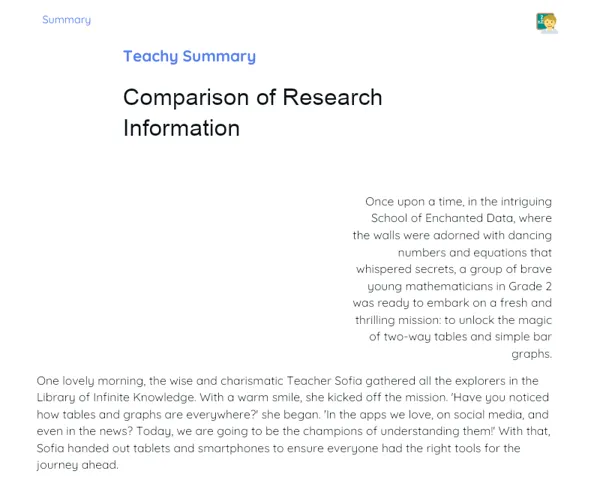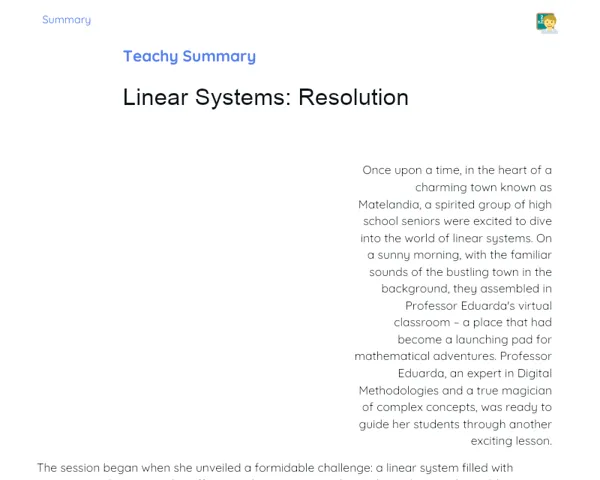Goals
1. Understand and solve problems related to the areas and volumes of revolution shapes like cones.
2. Apply Pappus-Guldin's theorem to find volumes and areas of revolution shapes.
Contextualization
Revolution shapes, such as cones and cylinders, are all around us in everyday life. From modern buildings to manufacturing parts, these geometric shapes are pivotal. For instance, the design of drinks bottles and storage containers leverages concepts from revolution shapes to maximise material efficiency and space. Being able to calculate their areas and volumes is crucial for various industries like engineering, design, and manufacturing.
Subject Relevance
To Remember!
Revolution Shapes
Revolution shapes are three-dimensional forms created by rotating a flat figure around an axis. Common examples include cones, cylinders, and spheres. These objects frequently appear in both everyday items and industrial applications, such as containers, gears, and structural elements.
-
Definition: Three-dimensional shapes formed by rotating a flat figure around an axis.
-
Examples: Cones, cylinders, and spheres.
-
Applications: Found in containers, gears, and structural components.
Calculating Areas and Volumes
Knowing how to calculate areas and volumes of revolution shapes is an essential skill across many fields, including engineering and design. For example, the surface area and volume of a cone can be calculated using specific formulas involving the base radius and height.
-
Base Area: Calculated as πr² for circles.
-
Lateral Area: For cones, it is πrl, where l is the slant height.
-
Volume: For cones, it is (1/3)πr²h, where r is the base radius and h is the height.
Pappus-Guldin's Theorem
Pappus-Guldin's theorem offers a method for calculating the surface area and volume of a revolution shape. It states that the volume of a solid of revolution equals the product of the area of the flat figure creating the solid and the distance the centroid travels during the revolution.
-
Volume: The product of the area of the flat figure and the distance travelled by the centroid.
-
Surface Area: Calculated using the arc length and the revolution.
-
Applications: Essential in engineering for calculating volumes of complex objects.
Practical Applications
-
Bottle Design: Optimising materials and space through principles of revolution shapes.
-
Automotive Engineering: Calculating volumes and required materials for automotive parts with intricate shapes.
-
Architecture: Crafting modern architectural structures that utilise revolution shapes for both aesthetics and functionality.
Key Terms
-
Revolution Shapes: Three-dimensional forms created by rotating a flat figure around an axis.
-
Pappus-Guldin's Theorem: A method for determining the areas and volumes of revolution shapes.
-
Base Area: The flat surface at the bottom of a revolution shape, like a circle in a cone.
-
Volume: The measure of the three-dimensional space occupied by a shape.
Questions for Reflections
-
How do the revolution shapes we've covered apply in your everyday life? Give some examples.
-
Why is it important for an engineer or designer to know how to calculate areas and volumes of revolution shapes?
-
In what ways can Pappus-Guldin's theorem be applied to solve real-world situations? Provide a practical example.
Practical Challenge: Building and Calculating a Cylinder
In this mini-challenge, you will construct a cylinder using basic materials and calculate its total surface area and volume. This task will reinforce your understanding of revolution shapes and their practical applications.
Instructions
-
Form groups of 3 to 4 students.
-
Use a piece of poster board to draw two circles of the same radius and a rectangle whose width matches the circumference of the circles.
-
Cut out the circles and the rectangle.
-
Assemble the cylinder by taping the ends of the rectangle together and placing the circles on either end as bases.
-
Measure the radius of the bases and the height of your cylinder.
-
Calculate the total surface area (area of the bases + lateral area) and the volume of the cylinder using the correct formulas.
-
Each group should present their findings and discuss any challenges faced during the task.



